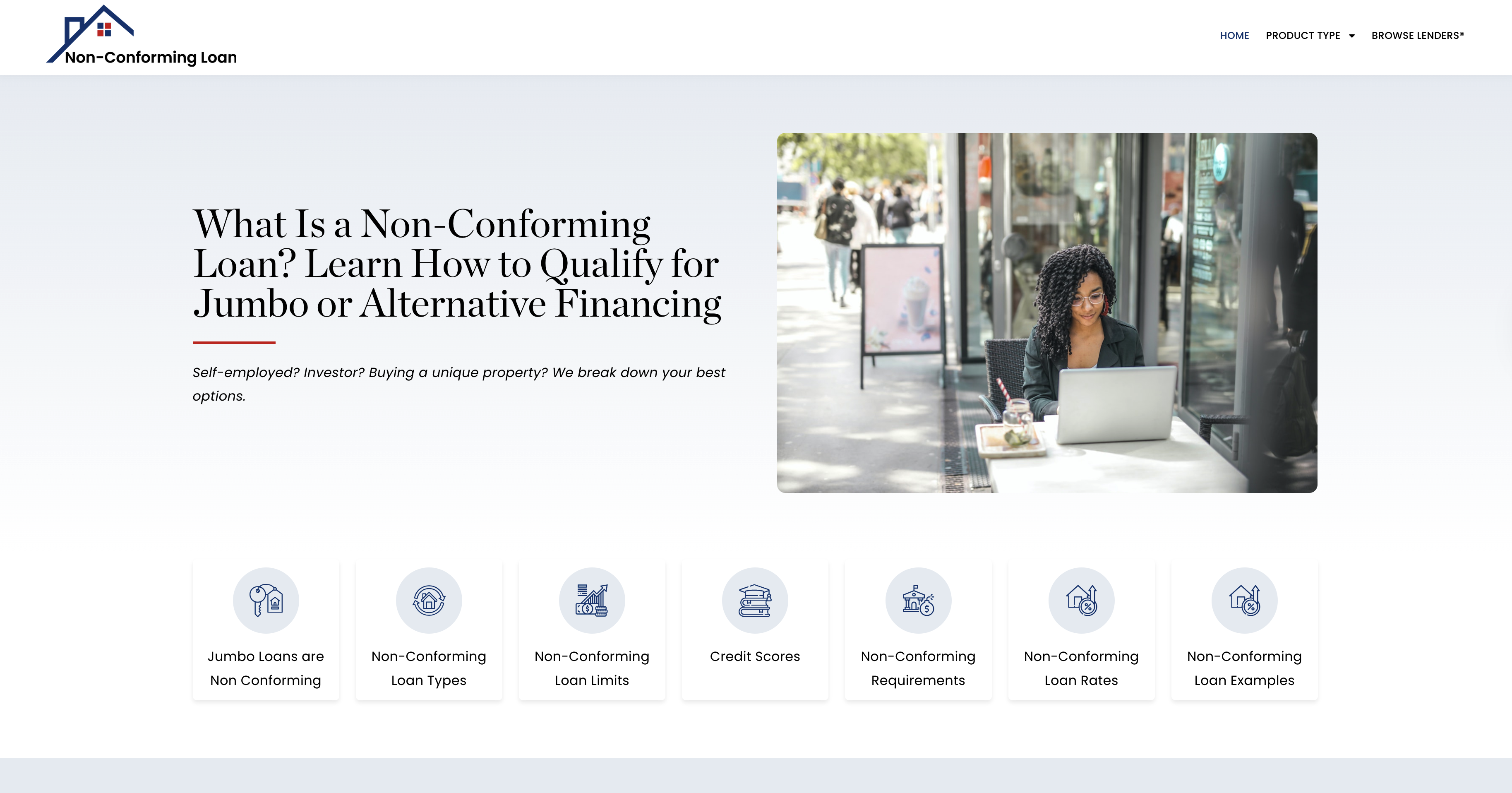Second Chance Success: How Middle Credit Score® Led to Homeownership After Bankruptcy
Bankruptcy is often seen as a financial dead-end, but with the right strategies, it can be a stepping stone to recovery and even homeownership. This was the case for David, a 45-year-old who filed for Chapter 7 bankruptcy after a series of financial setbacks. Emerging from bankruptcy with a Middle Credit Score® of 520, David set his sights on rebuilding his credit and achieving the dream of owning a home. Through discipline, strategic credit building, and a focus on Middle Credit Score® improvement, David raised his score to 680 in two years and secured a mortgage with competitive terms. This case study outlines how he did it, step by step.
Step 1: Understanding the Impact of Bankruptcy
David’s bankruptcy wiped out much of his debt but left him with a severely impacted credit report. A review of his credit report showed:
- Three charge-offs that remained after bankruptcy.
- Two collections accounts totaling $4,800.
- No active credit lines after bankruptcy discharge.
Despite these setbacks, David set clear goals:
- Raise his Middle Credit Score® from 520 to at least 680.
- Open new lines of credit to reestablish positive payment history.
- Resolve lingering collection accounts.
- Save for a down payment while maintaining credit-building strategies.
Step 2: Rebuilding Credit with Strategic Steps
To rebuild his Middle Credit Score®, David focused on three primary areas:
- Secured Credit Cards:
- David opened two secured credit cards with $500 limits each, using them for small, manageable expenses like groceries and gas.
- He kept his utilization below 10%, paying off the balance in full each month.
- After 12 months of responsible use, both cards increased his credit limit to $1,000, reflecting positively on his credit report.
- Addressing Collections and Charge-offs:
- David contacted the two collection agencies to verify the debts. After validation, he negotiated a Pay for Delete Agreement with both, agreeing to pay 60% of the owed amount in exchange for removal from his report.
- He sent Debt Satisfaction Letters to all three major credit bureaus to ensure the removals were reflected accurately.
- He also disputed one of the charge-offs that was inaccurately reported as active instead of discharged. This dispute resulted in its removal, adding an additional 15 points to his Middle Credit Score®.
- Adding Positive Credit Lines:
- David joined a Credit Builder Loan through his local credit union, contributing $50 a month to build savings while reporting positive payments.
- He also became an authorized user on his sister’s credit card, which had a perfect payment history.
- To further diversify his credit, David took out a small personal loan for $1,500 and paid it off in 12 months, demonstrating his ability to manage installment credit.
Step 3: Monitoring Progress and Maintaining Discipline
David monitored his Middle Credit Score® every month, using credit monitoring services to track his improvements. He:
- Avoided applying for new credit during his rebuilding phase.
- Set up automatic payments on all bills to prevent future late payments.
- Reviewed his credit report quarterly for errors or discrepancies.
To further safeguard his progress, David:
- Enrolled in Experian Boost® to add his utility and phone payments to his credit report.
- Made bi-weekly payments on his secured credit cards to reduce his balance faster.
- Attended credit counseling sessions to learn how to manage credit effectively post-bankruptcy.
Within 24 months, David’s Middle Credit Score® had risen to 680, marking a 160-point improvement since his bankruptcy discharge.
Step 4: Applying for a Mortgage and Securing Approval
With his improved Middle Credit Score®, David began his search for a home. He:
- Applied for an FHA loan, which is more forgiving of past credit issues.
- Secured a 4.75% interest rate with a 3.5% down payment requirement.
- Provided documentation of his two-year credit-building journey, which impressed his lender.
- Saved an additional $5,000 to cover closing costs and inspection fees.
David’s disciplined credit rebuilding led to a successful mortgage approval, fulfilling his goal of homeownership.
Statistics & Real-World Impact
- 160-Point Credit Increase in 24 Months: David’s strategic planning restored his financial credibility.
- $150 Less Per Month: His FHA loan terms saved him significantly compared to average market rates for low-credit borrowers.
- $18,000 Saved Over 30 Years: By improving his Middle Credit Score®, David secured lower interest costs.
- Accelerated Financial Stability: His improved credit allowed him to start a small emergency fund and save for home maintenance.
David’s journey from bankruptcy to homeowner is proof that Middle Credit Score® improvements can turn financial setbacks into opportunities. Through disciplined credit use, strategic debt resolution, and a commitment to rebuilding, he achieved his dream of homeownership with favorable terms. His experience serves as an inspiration for anyone seeking a financial second chance. With proper planning and disciplined action, financial recovery and success are well within reach.






